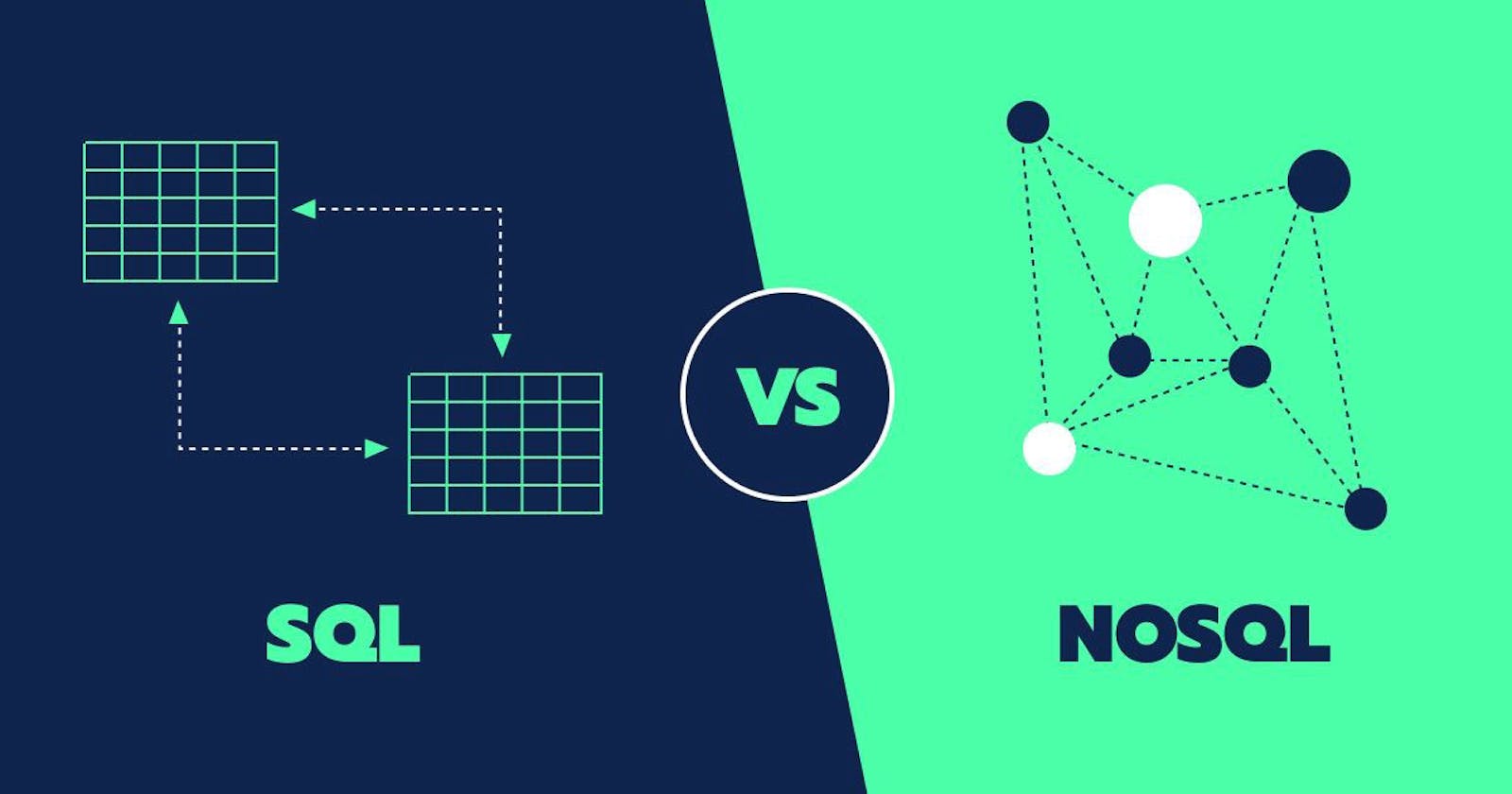A Comparative Analysis of SQL and MongoDB: Choosing the Right Database for Your Project
Introduction:
In the ever-evolving landscape of database management systems, the choice between SQL and NoSQL databases plays a crucial role in determining the success and efficiency of your application. SQL (Structured Query Language) and MongoDB (a NoSQL database) are two popular choices, each with its own strengths and weaknesses. In this blog post, we will delve into the characteristics, advantages, and considerations when deciding between SQL and MongoDB.
Data Model:
SQL (Relational Databases):
SQL databases use a structured and tabular data model.
Data is organized into tables with predefined schemas, providing a clear and consistent structure.
Relationships between tables are established using foreign keys.
MongoDB (NoSQL Document-Oriented):
MongoDB employs a flexible, schema-less document-oriented data model.
Data is stored in BSON (Binary JSON) documents, allowing for a dynamic and hierarchical structure.
No predefined schema makes MongoDB adaptable to evolving data requirements.
Scalability:
SQL:
Scaling vertically (adding more resources to a single server) is the traditional approach for SQL databases.
Some relational databases support horizontal scaling, but it may involve complex setups.
MongoDB:
NoSQL databases like MongoDB are designed for horizontal scalability.
Sharding allows for distributing data across multiple servers, facilitating efficient scalability.
Query Language:
SQL:
SQL databases use a standardized query language (SQL) for data manipulation.
Well-established and widely adopted, SQL queries are powerful and expressive.
MongoDB:
MongoDB uses a JSON-like query language that supports complex queries and indexing.
Its query language is more flexible and resembles the structure of the data.
Schema Flexibility:
SQL:
Rigorous schema enforcement ensures data consistency and integrity.
Changes to the schema may require altering existing data, which can be cumbersome.
MongoDB:
Schema-less design allows for easy adaptation to changing data requirements.
New fields can be added to documents without affecting existing data.
Use Cases:
SQL:
Well-suited for applications with complex relationships and transactions, such as financial systems and traditional e-commerce platforms.
ACID compliance ensures data integrity.
MongoDB:
Ideal for projects with dynamic and evolving data, like content management systems, real-time analytics, and mobile applications.
Well-suited for scenarios where scalability and flexibility are critical.
Code examples to illustrate key concepts for both SQL and MongoDB.
SQL Example (using MySQL as an example):
-- Creating a table with a predefined schema
CREATE TABLE users (
user_id INT PRIMARY KEY,
username VARCHAR(50) NOT NULL,
email VARCHAR(100) UNIQUE NOT NULL,
birthdate DATE
);
-- Inserting data into the table
INSERT INTO users (user_id, username, email, birthdate)
VALUES (1, 'xyz', 'xyz@example.com', '03/01/1999');
-- Querying data with SQL
SELECT * FROM users WHERE username = 'xyz';
MongoDB Example (using the official MongoDB Node.js driver):
const { MongoClient } = require('mongodb');
// Connection URL and database name
const url = 'mongodb://localhost:3000';
const dbName = 'mydatabase';
// Creating a MongoDB client
const client = new MongoClient(url, { useNewUrlParser: true, useUnifiedTopology: true });
// Connect to the server
client.connect(async (err) => {
if (err) throw err;
// Accessing a database
const db = client.db(dbName);
// Inserting data into a collection (no predefined schema)
await db.collection('users').insertOne({
user_id: 1,
username: 'xyz',
email: 'xyz@example.com',
birthdate: new Date('03/01/1999'),
});
// Querying data with MongoDB
const result = await db.collection('users').findOne({ username: 'xyz' });
console.log(result);
// Close the connection
client.close();
});
Conclusion:
The choice between SQL and MongoDB depends on the specific requirements and characteristics of your project. SQL databases offer a structured and ACID-compliant environment, while MongoDB provides flexibility and scalability in a dynamic, schema-less model. Understanding the nature of your data, scalability needs, and development preferences will guide you towards the most suitable database solution for your application. Ultimately, both SQL and MongoDB have their strengths, and the decision should align with the goals and demands of your project.
